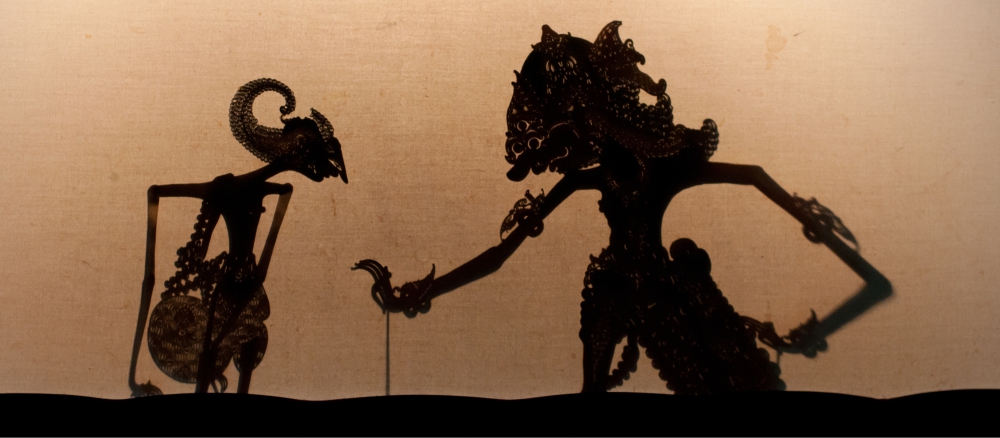Introduction to the Types of Wayang
July 18, 2016 Posted in: History
In the past, listening to a story is peoples favorite pastime that manifests the cultural and social condition of their society. The technique of the narrative and the content of the story also reflect the tradition and culture upheld by the population. There are many mass communication media that are used as a form of storytelling that brings a big impact toward the cultural and social development of the society. One of the earliest methods of storytelling is perhaps telling a story directly to the audience while facing each other. The method then evolves and integrate other elements of local and other nations tradition and culture, giving a birth to wayang.
Wayang is an old form of storytelling that utilizes puppet figures to convey the story to the audience. Although the word wayang is the Javanese word for shadow, some of the types of wayang performance do not use the silhouette of the puppets. There are many types of wayang in Indonesia: Wayang Kulit (wayang that is made of leather), Wayang Wong (wayang performance that is played by actors, instead of puppets), Wayang Gedog (similar to Wayang Wong, but the actors wear a mask), Wayang Golek (wayang that is made of wooden), Wayang Klitik (a small wayang that is made of wood), and Wayang Beber (wayang performance that is told using scroll paintings).

Many types of wayang performance, such as Wayang Kulit and Wayang Klitik, rely on the shadow of the puppets and the voice of dalang to deliver the story. Traditionally, the performance uses an oil lamp or an electric bulb to cast the shadow of the puppets into a big white screen. However, some of the types of wayang do not use shadow to convey the story. For example, Wayang Wong uses actors in the performance, while Wayang Golek makes use of wooden puppets. Usually, the performance of wayang, when the dalang (puppet master) tells the story, is accompanied by nayaga (gamelan players) and sinden (female choral singer). Generally, the performance of wayang tells the story of classic Indian epics, such as Mahabharata and Ramayana, but nowadays many people also adapt other famous stories into wayang performance.
While it is not as popular as before, the legacy of wayang influences Indonesian creative industry and many artists. People can find a lot of arts and crafts that take inspiration from wayang. The performance of wayang is also adapted into television shows and bring a great entertainment to Indonesian people. Even though the role of wayang as a storytelling media is gradually replaced by another modern medium, the heritage of wayang is still beating in peoples life.
